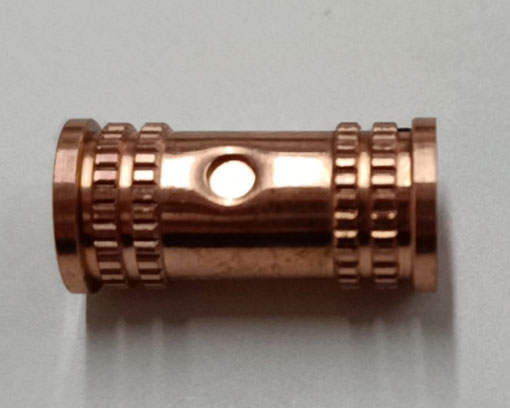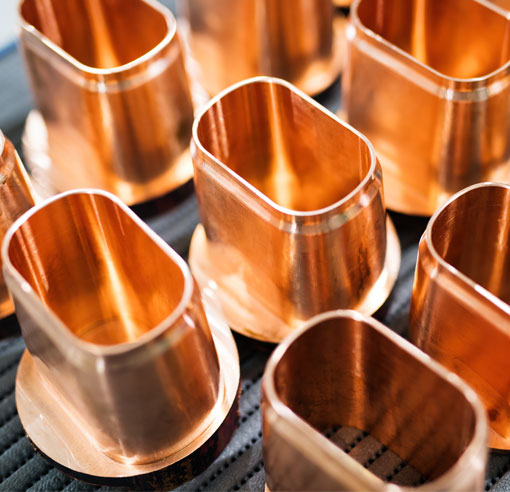Copper is known for its excellent electrical conductivity, thermal properties, and ductility, which make it a popular choice for a wide range of applications. Copper turning and machining are essential processes in the manufacturing and engineering industries, especially in Austin, a city known for its thriving tech scene and innovative spirit. In this comprehensive guide, we'll explore the top 5 techniques for copper turning and machining in Austin, delving into their advantages, applications, and best practices. So, let's get started!
1. CNC Turning
Computer Numerical Control (CNC) turning is a highly accurate and efficient method for shaping copper components. This process involves rotating the copper workpiece on a lathe while a cutting tool moves along its surface, removing material and creating the desired shape. CNC turning is ideal for producing complex, high-precision parts with tight tolerances, such as electrical connectors, heat sinks, and bushings.
Advantages
High precision and accuracy
Suitable for complex geometries
Reduced waste and material usage
Increased productivity and reduced labor costs
Applications
Electrical components
Heat exchangers
Bushings and bearings
2. CNC Milling
CNC milling is another popular technique for machining copper. This process uses a rotating cutting tool to remove material from the workpiece, which is typically clamped to a table. CNC milling machines can move in multiple axes, enabling the creation of intricate shapes and features. This method is particularly suitable for producing copper parts with pockets, slots, and other complex geometries.
Advantages
High precision and accuracy
Versatility in creating complex shapes
Reduced waste and material usage
Increased productivity and reduced labor costs
Applications
Circuit boards
Electrical contacts
Housings and enclosures
3. Electrochemical Machining (ECM)
Electrochemical machining is a non-traditional method that utilizes an electrolyte solution and electrical current to remove copper material. The workpiece is submerged in the electrolyte, and a shaped electrode is brought close to the surface. An electrical current is then passed through the electrode, causing the copper to dissolve and form the desired shape. ECM is particularly effective for machining intricate and delicate copper components that would be difficult to produce using conventional methods.
Advantages
No mechanical stress on the workpiece
Excellent surface finish
Suitable for thin and delicate parts
No tool wear
Applications
Micro-electromechanical systems (MEMS)
Fuel injection nozzles
Cooling channels in heat exchangers
4. Electrical Discharge Machining (EDM)
Electrical discharge machining is another non-traditional method that uses electrical discharges to remove material from the copper workpiece. In this process, a shaped electrode is brought close to the copper surface, and a series of electrical sparks are generated between the electrode and the workpiece. The intense heat from the sparks melts and vaporizes the copper, creating the desired shape. EDM is particularly suitable for producing small, complex components with tight tolerances.
Advantages
High precision and accuracy
No mechanical stress on the workpiece
Suitable for hard and difficult-to-machine materials
No tool wear
Applications
Micro gears and components
Molds and dies
Turbine blades
5. Laser Cutting
Laser cutting is a non-contact method that uses a high-power laser beam to cut through the copper material. The laser beam is focused onto the workpiece, melting and vaporizing the material along the cutting path. Laser cutting is suitable for producing intricate shapes and patterns in thin copper sheets, such as decorative panels, stencils, and electronic components.
Advantages
High precision and accuracy
No mechanical stress on the workpiece
Clean and smooth edges
Suitable for thin materials
Applications
Decorative panels and artwork
Stencils and templates
Electronic components
In conclusion, copper turning and machining are critical processes in the manufacturing and engineering industries. With the right techniques and equipment, companies in Austin can produce high-quality, precision-engineered copper components for various applications. By understanding the advantages and applications of each technique, manufacturers can choose the most suitable method for their specific needs, ensuring the best possible results.













